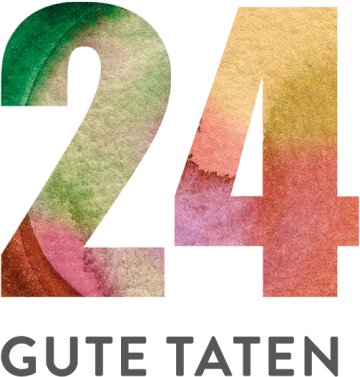Day 7
One week of care for 5 rescued turtles in Madagascar
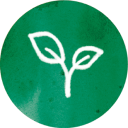 Turtles on their way back to the wild
Turtles on their way back to the wild
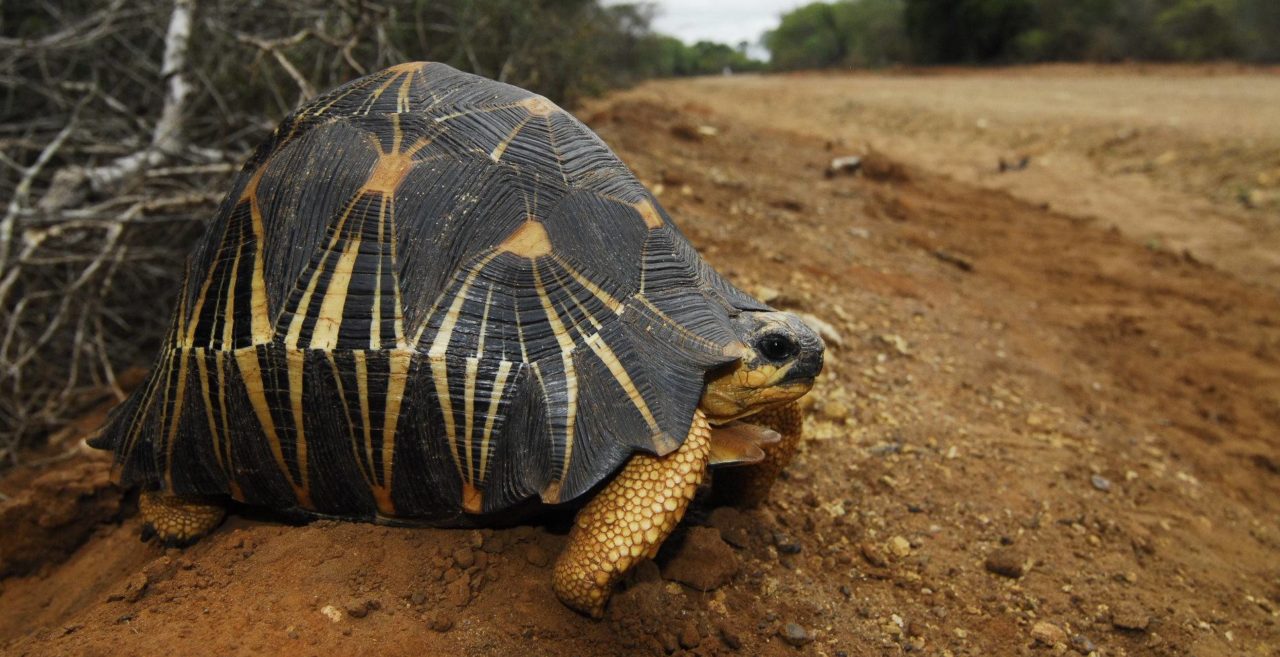
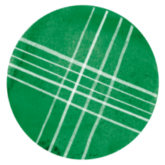
Care for rescued radiated tortoises in Madagascar

need
Food and medical care for around 25,000 radiated tortoises rescued from the illegal wildlife trade in Madagascar.
activity
The turtles are cared for in a rescue center until they can be released back into the wild.
Measurable performance
Number of weeks that turtles can be cared for at the rescue center.
Result
The rescued turtles can be released back into the wild and protected from poaching. This stabilizes the population in the wild.
Systemically relevant impact
The surrounding villages are involved in the care and release of the turtles and are committed to preserving Madagascar's biodiversity.
background
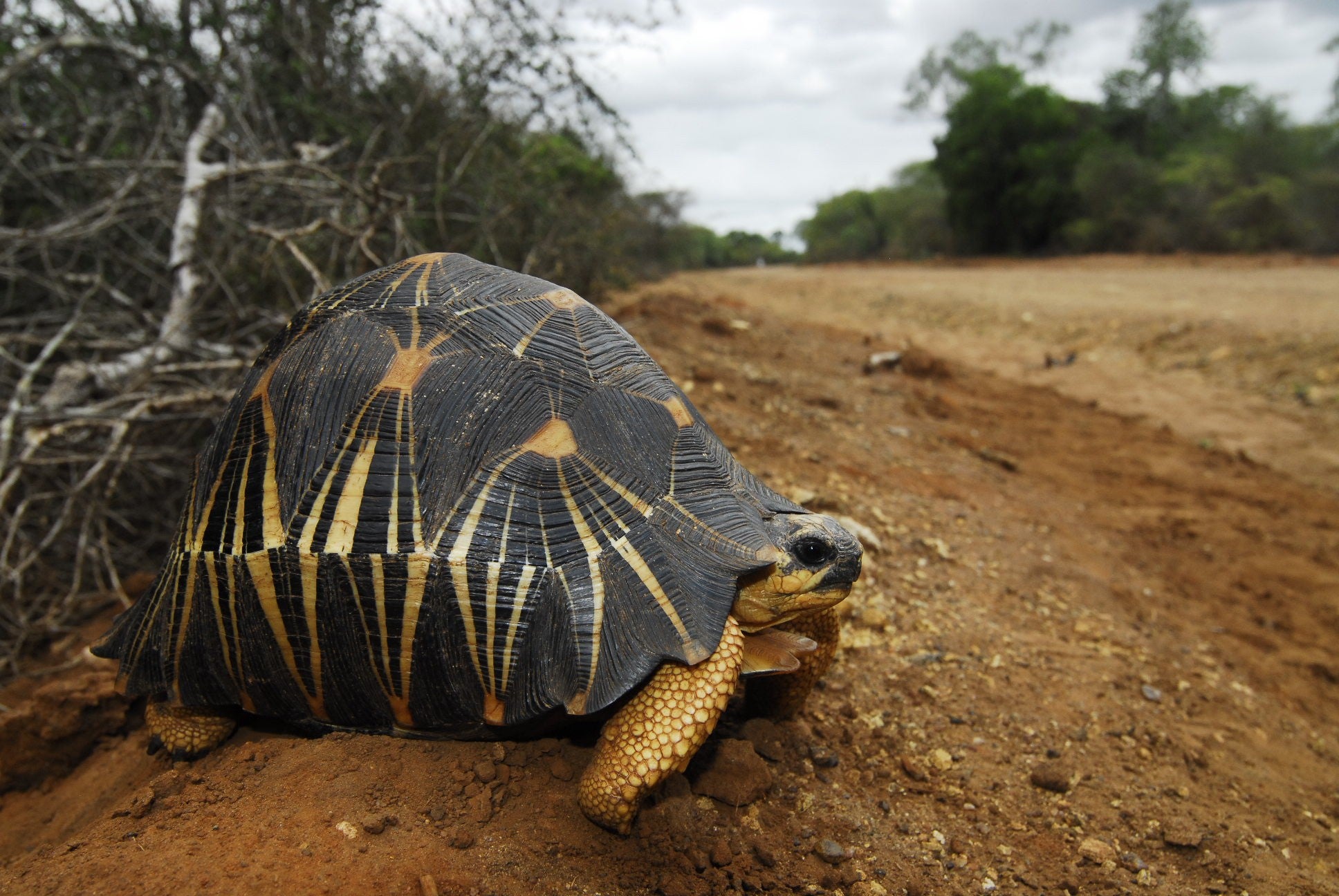
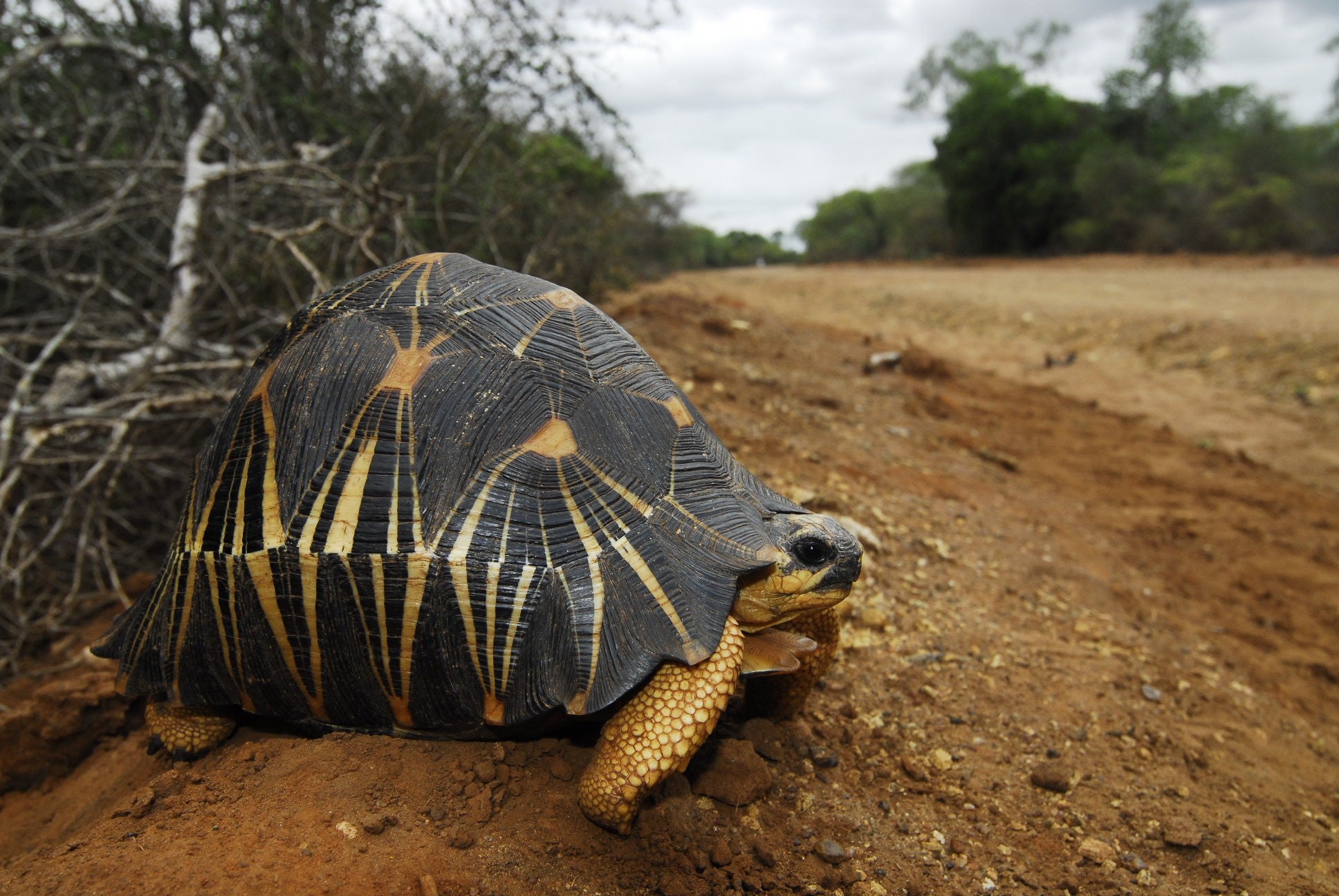
The good deed
AboutMadagascar
Antananarivo
Capital city

27 691 019
Population
495.5
Gross domestic product
per capita per year
Rank 164 of 189
Human Development Index
(Human Development Index)
